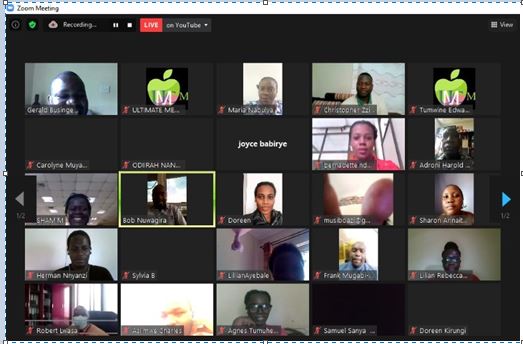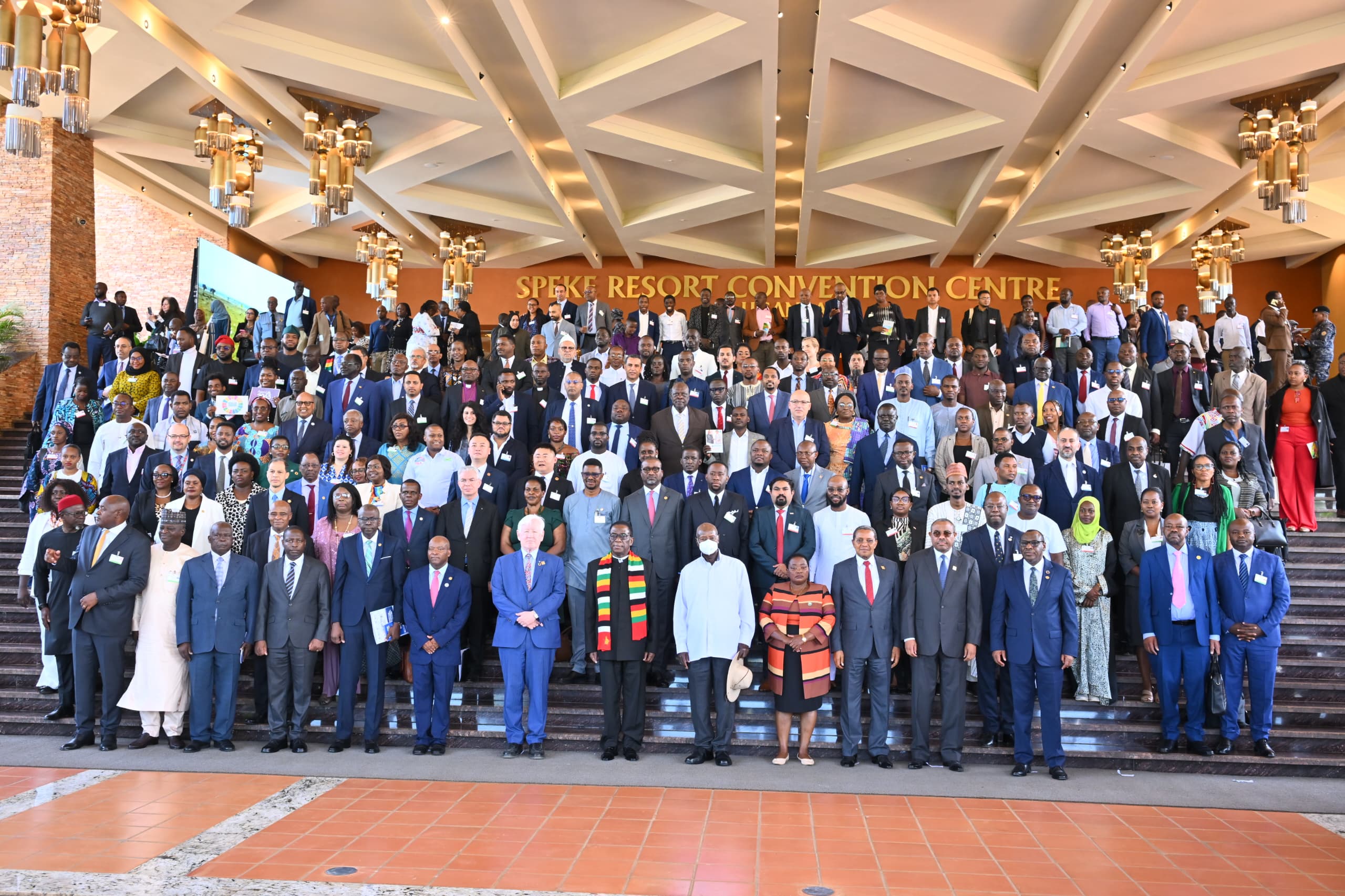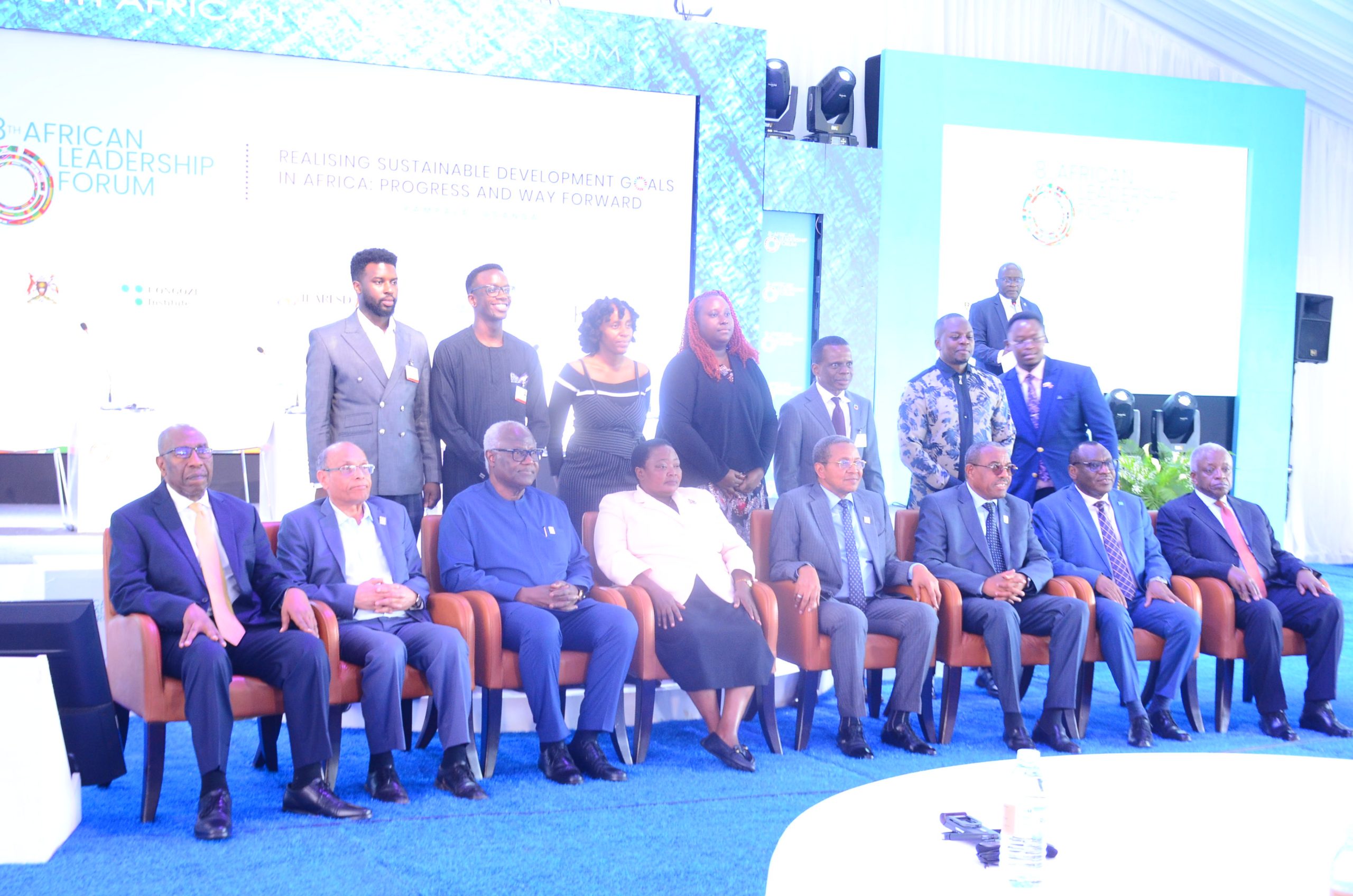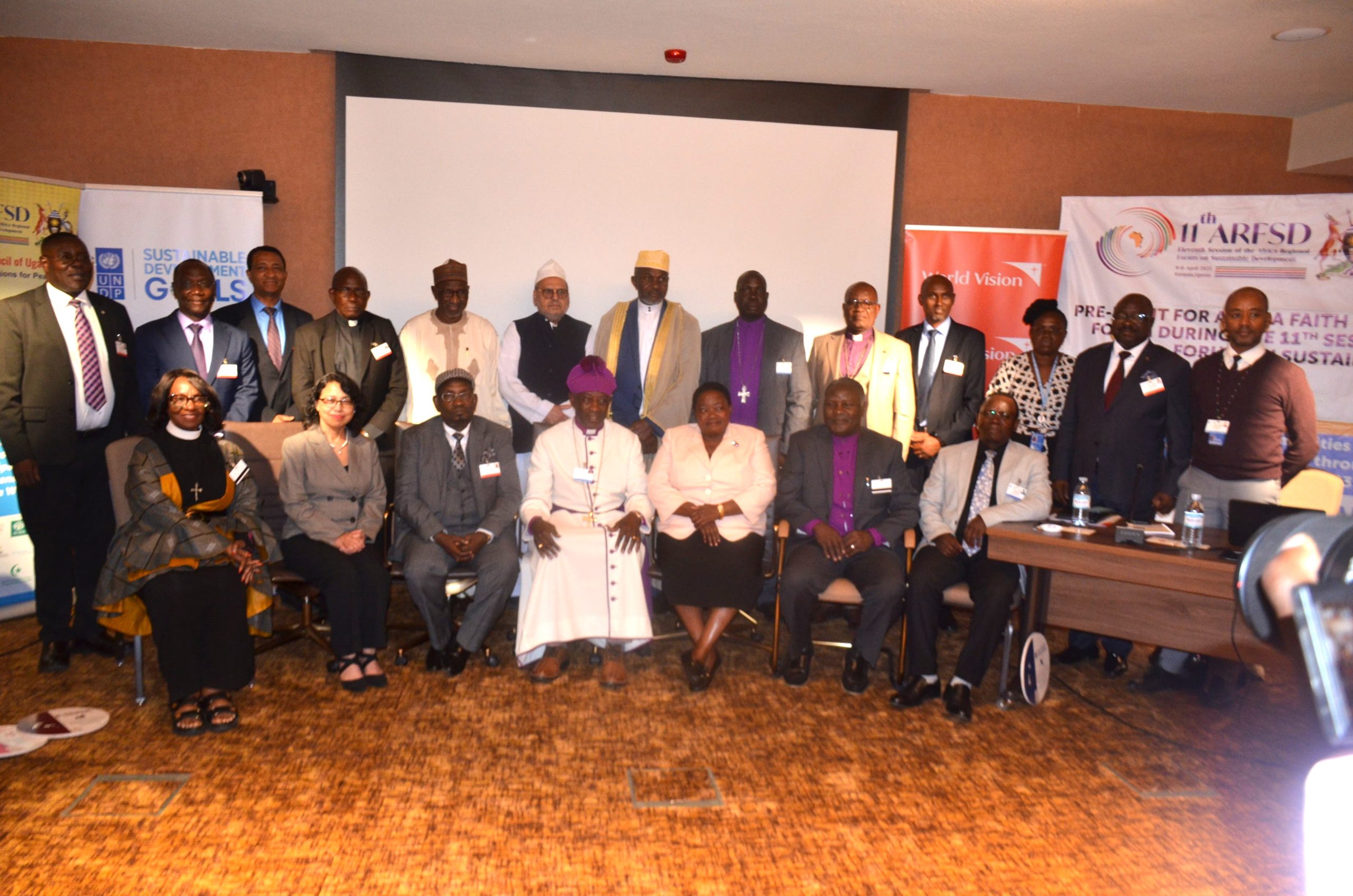Friday July 30, 2021
BY: BERNADETTE NDEMA
Often times, nutrition data is not easily interpreted or even harmonized. Different Government Ministries, Departments and Agencies, (MDAs) have information management systems (IMS) which feature nutrition indicators. However, the indicators are not harmonized. On realizing this gap, Office of the Prime Minister, with support from the European Union, in 2018, started implementing the National Information Platforms for Nutrition (NIPN) Project. This was with the aim of strengthening the country’s capacities to analyze nutrition information, data and use evidence to better inform nutrition policies and programs. This would contribute to the reduction of the number of stunted children.
Aware of the important role that Government Communications and Public Relations officers play in messaging, promoting awareness and fostering access to information, the OPM, through NIPN, held a 5day online training in nutrition data communication for 60 Government Communicators.
From 26th to 30th July, 2021, participants’ capacity was built in nutrition data visualization, basics of nutrition governance, nutrition data messaging, use of the nutrition dashboard to create messages, the status of nutrition indicators and designing nutrition data communication strategies. During the sessions that were participatory with group sessions and individual assignments, the linkage of the National Development Plan III (NDPIII), and the Parish model, to the Uganda Nutrition Action Plan II (UNAP II was explained to participants.
In his opening remarks, Mr. James Muwonge, Director of Professional Services at the Uganda Bureau of Statistics (UBOS), encouraged participants to use the skills gained during the training to contribute to the fight against malnutrition.
“Uganda still has close to 29% of her population facing challenges with nutrition. Stakeholders will have to work hard to reduce this number and as communicators, you need to help the population to reduce the numbers,” Mr. Muwonge explained.
Mr. Joses Tegyeza, Commissioner for Strategic Coordination and Implementation, urged participants to consistently communicate solutions that government is giving to problems.
“Communications is an important aspect in Government programs. You have to provide clarity and direction in the area of communication. However, you can only achieve this if you master the direction of government in all dimensions,” Mr. Tegyeza, who is also the NIPN Project Director, said.
He further encouraged participants to build synergies among themselves and handle nutrition communication with a multi-sectoral approach.
“There is need for improved institutional capacity to increase the use of evidence in policy making. It is important for participants of this training to support their Ministries, Departments and Agencies to keep the Nutrition agenda among the priorities of their institutions,” Mr. Tegyeza explained.
Due to its multi-sectoral nature, nutrition, anchored on the Uganda Nutrition Action Plan II and the National Development Plan III is coordinated by the Office of the Prime Minister through the department of Strategic Coordination and Implementation.
While presenting the nutrition situation in Uganda, basing on the Uganda National Panel Survey 2019/2020, Mr. Vincent Fred Sennono, Principal Statistician at the Uganda Bureau of Statistics, revealed that 3.1% of children under 5 were overweight. He added that the proportion of stunted children had reduced from 34% in 2018 to 25% in 2020.
Mr. Frank Mugabi, Communications Officer at the Ministry of Gender, Labour and Social Development, on behalf of the participants, thanked the OPM for organizing the informative training in a timely manner. He urged fellow Government Communicators to play their role effectively in their MDAs and contribute to the reduction of the levels of malnutrition in the country. Mr. Mugabi requested the OPM to organize more trainings to build capacity of government communicators in nutrition data visualization and messaging.
Participants of the training were drawn from MDAs including Ministry of Health, Ministry of Education & Sports, Ministry of Water and Environment, Ministry of Finance, Planning and Economic Development, Uganda Bureau of Statistics and Ministry of ICT and National Guidance, to mention but a few.





